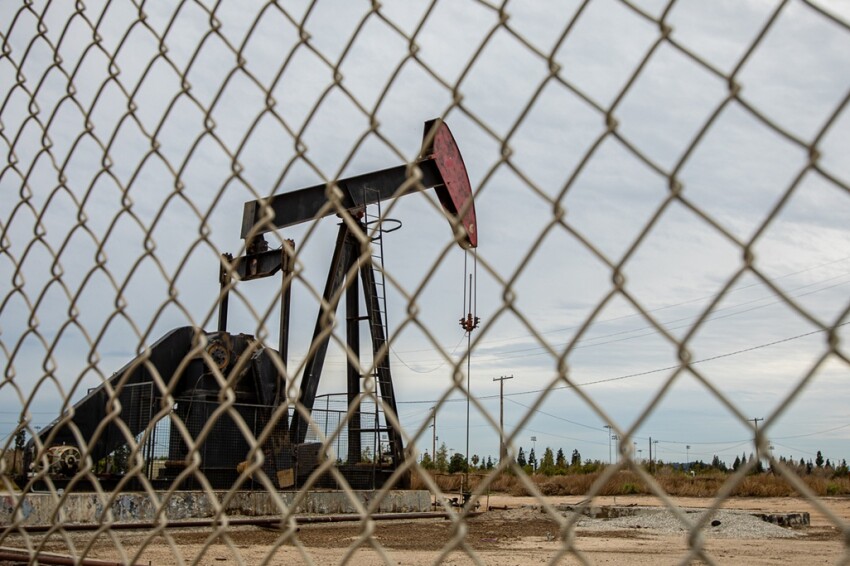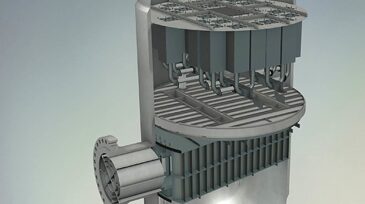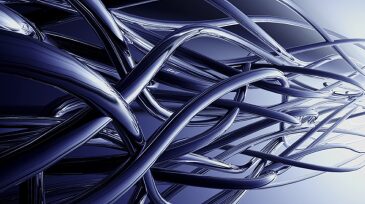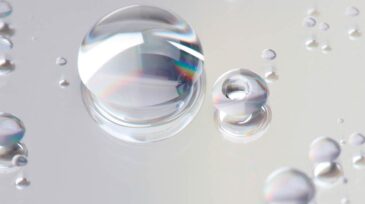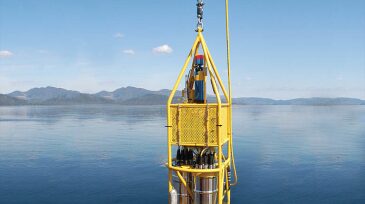Onshore/Offshore Facilities
This paper introduces an AI-driven digital fencing system designed to boost security in oil and gas fields. The main objectives are to improve security and safety of oil and gas facilities while addressing the limitations of legacy physical barriers, reducing false alarms, and eliminating the dependability on the grid in favor of renewable energy.
The contract will cover the design and manufacturing of tree systems, flexible flowlines, a manifold, and controls, as well as installation of the subsea production system.
DTEK has delivered its first US-sourced LNG shipment through Lithuania to supply Ukraine and neighboring countries this winter.
-
The main drivers for sizing gas scrubbers have been performance requirements, process conditions, and project specifications. However, optimizing cost, delivery times, and weight is not the same as improving scrubber performance.
-
An experimental study was conducted by use of a 6-in.-inner-diameter facility to analyze three-phase stratified wavy flow in horizontal pipelines.
-
A RPSEA project identified the gaps in technology that are the most pressing for multiphase-flow measurement.
-
To help lower costs of offshore projects, DNV GL has launched initiatives focused on the use of composite components.
-
The sources and magnitude of shear and the effects on oil droplet size can have significant consequences for downstream separation equipment performance.
-
It was my pleasure to go through 169 papers submitted to SPE in this field over the past year and select three for inclusion in this issue as well as three for additional reading.
-
The constraints of space and seaworthiness required the designers of Shell’s joint-venture floating-liquefied-natural-gas (FLNG) facility to assemble these technologies in novel configurations.
-
Oil and gas wells often produce sand or solids with the well fluids. Despite exclusionary well designs, these solids can cause equipment failure, completion problems, or changes in production. This paper offers a way to remove solids in separators.
-
Deepwater production has become more reliant on the integrity of subsea, umbilical, riser, and flowline (SURF) systems. A JIP explored cost-effective inspection and maintenance options.
-
In trying to reduce the footprint of facilities, operators often select the wrong piping components, hampering the performance. Selection of the right piping can avoid separation issues.

